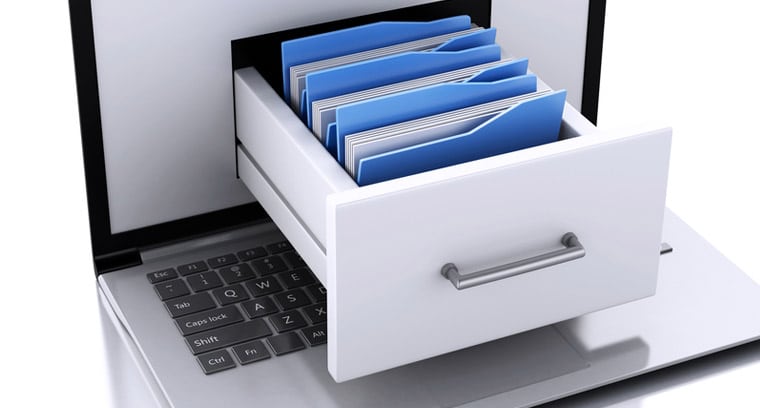Sales: 678.967.3854
Support: 866.252.6363
What We Do
Who We Serve
Success Stories
Latest Thinking
LATEST THINKING
About Us

By the DynaSis Team
We recently saw an article on virtualization that also discussed “data protection.” That is not surprising, given that a Google search of the term “data protection” returns 269,000 results. What caught our attention was the use of those two words to describe protecting corporate data from loss or corruption. While that is the traditional technology definition of data protection, it is different than data security, which is protecting your data from unauthorized and/or inappropriate access, storage or use by insiders or outsiders.
This distinction has been muddied recently by issues surrounding data privacy. One example is the demise of “Safe Harbor”– a policy agreement that governed how U.S. entities would handle the data of European Union (EU) citizens. The agreement expired and is being replaced with a new approach, Privacy Shield, which you can read about here. Articles about it, and the negotiations between the U.S. and EU, often referred to “data protection” as a quick way of saying “ensuring data privacy through clearly defined safeguards.”
The Scoop on Data Protection
To set the record straight from a technology perspective, data protection is a collective term for a firm’s plan to evaluate, catalog and protect information assets from application/user/machine malfunctions and errors, malware or other detrimental software, and facility outages/disruptions. Data protection encompasses such efforts as backup, storage and recovery.
As mentioned above, data protection also includes preventing or limiting data loss due to malware attacks. However, for the purposes of this definition, it doesn’t include data privacy or intrusion detection/prevention. Those efforts are vital to organizational safety, but from the viewpoint of an IT support company, they fall under the category of data security.
When managed properly, either in-house or through a managed services provider, data protection should include data lifecycle management (DLM). With DLM, organizations proactively control data not only during its effective useful life but also afterward, when they no longer need ongoing access to it but may be required to maintain it for compliance or other requirements. DLM covers data archiving as well as data disposal in a manner that does not allow its retrieval.
Data protection can also include such efforts as continuous data protection (CDP), where automated technology updates enterprise backups as changes to the primary systems are made. Backup generally occurs on a schedule that corresponds to the business owner’s risk tolerance, which might mean truly continual backup or could involve taking a “snapshot” of the data every hour, day or even week.
Data protection is a big, complicated and important topic requiring an in-depth IT solution, so we will discuss it frequently, sharing news we come across. Next week, we’ll discuss desktop virtualization, a type of virtualization that be a boost to data protection, when configured properly.
Specializing in managed IT services and network security, Atlanta based DynaSis has been supporting small to midsized business for almost a quarter century. Among the services we provide are cloud computing through the DynaSis Business Cloud, 24 x 7 x 365 helpdesk support, and real-time monitoring enabling us to deal with “issues” before they become problems. For more information, please call DynaSis at 678.218.1769 or visit www.DynaSis.com.
